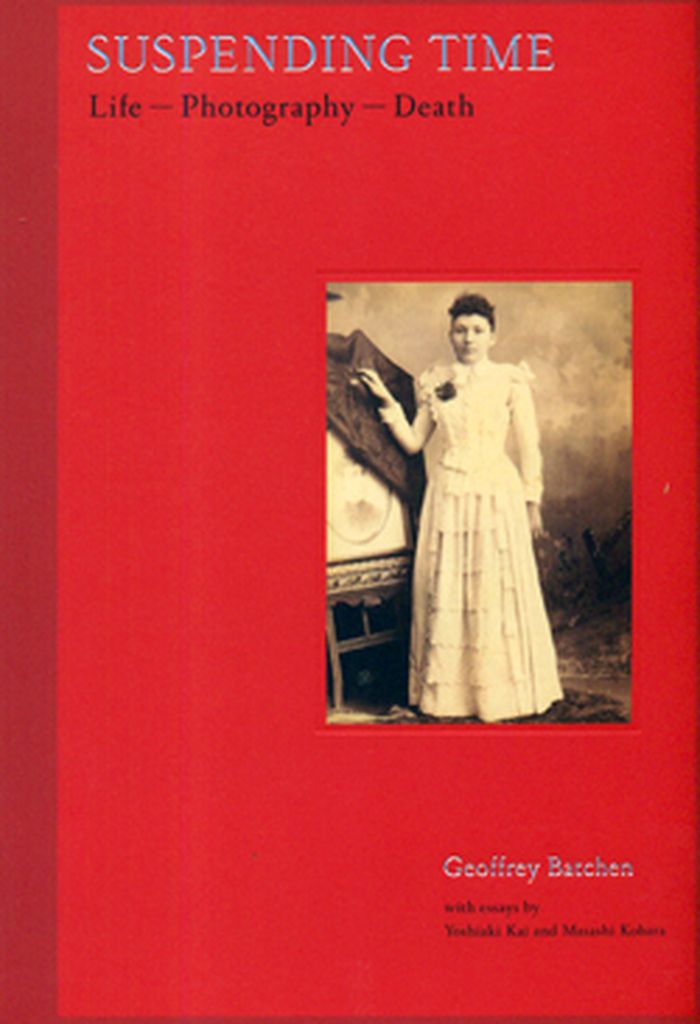$48.00
(available to order)
Summary:
Ever since the landmark publication of Susan Sontag’s On Photography, it has been impossible to look at photographs, particularly those of violence and suffering, without questioning our role as photographic voyeur. Are we desensitized by the proliferation of these images, and does this make it easier to be passive and uninvolved? Or do the images immediately stir our own(...)
Picturing atrocity: photography in crisis
Actions:
Price:
$48.00
(available to order)
Summary:
Ever since the landmark publication of Susan Sontag’s On Photography, it has been impossible to look at photographs, particularly those of violence and suffering, without questioning our role as photographic voyeur. Are we desensitized by the proliferation of these images, and does this make it easier to be passive and uninvolved? Or do the images immediately stir our own sense of justice and act as a call to arms? Are we consuming the suffering of others as a form of intrigue? Or is it an act of empathy? To answer these questions, Picturing Atrocity brings together writers and critics on photography today to offer close readings of images that reveal the realities behind the photographs, the subjects, and the photographers. From the massacre of the Sioux Indians at Wounded Knee to the torture of prisoners at Abu Ghraib, from famine in China to apartheid in South Africa, Picturing Atrocity examines a broad spectrum of photographs. Each of the essays focuses specifically on an iconic image, offering a distinct approach and context, in order to enable us to look again—and this time more closely—at the picture. In addition, four photo-essays showcase the work of photographers involved in the making of photographs of brutality as well as the artists’ own reflections on these images.
Theory of Photography
$49.99
(available to order)
Summary:
The magic of photography is its unique power to capture a moment in the past to be viewed in the present, to capture a subject suspended between life and death. This evocative, beautifully written catalog from Japan's Izu Photo Museum documents an inspired exhibition that looks into photography's mystical way of suspending time. Even with the relatively recent(...)
Suspending time: Life - photography - death
Actions:
Price:
$49.99
(available to order)
Summary:
The magic of photography is its unique power to capture a moment in the past to be viewed in the present, to capture a subject suspended between life and death. This evocative, beautifully written catalog from Japan's Izu Photo Museum documents an inspired exhibition that looks into photography's mystical way of suspending time. Even with the relatively recent inclusion of vernacular photos in photography collections, the study of the art form has remained almost entirely Euro-centric. In Suspending Time, curator Geoffrey Batchen opens the door to using Japanese vernacular photos. With over 100 plates of cabinet cards, Daguerreotypes, photography jewelry, tintypes, Japanese ambrotypes, and Mexican sculptures.
Photography monographs

